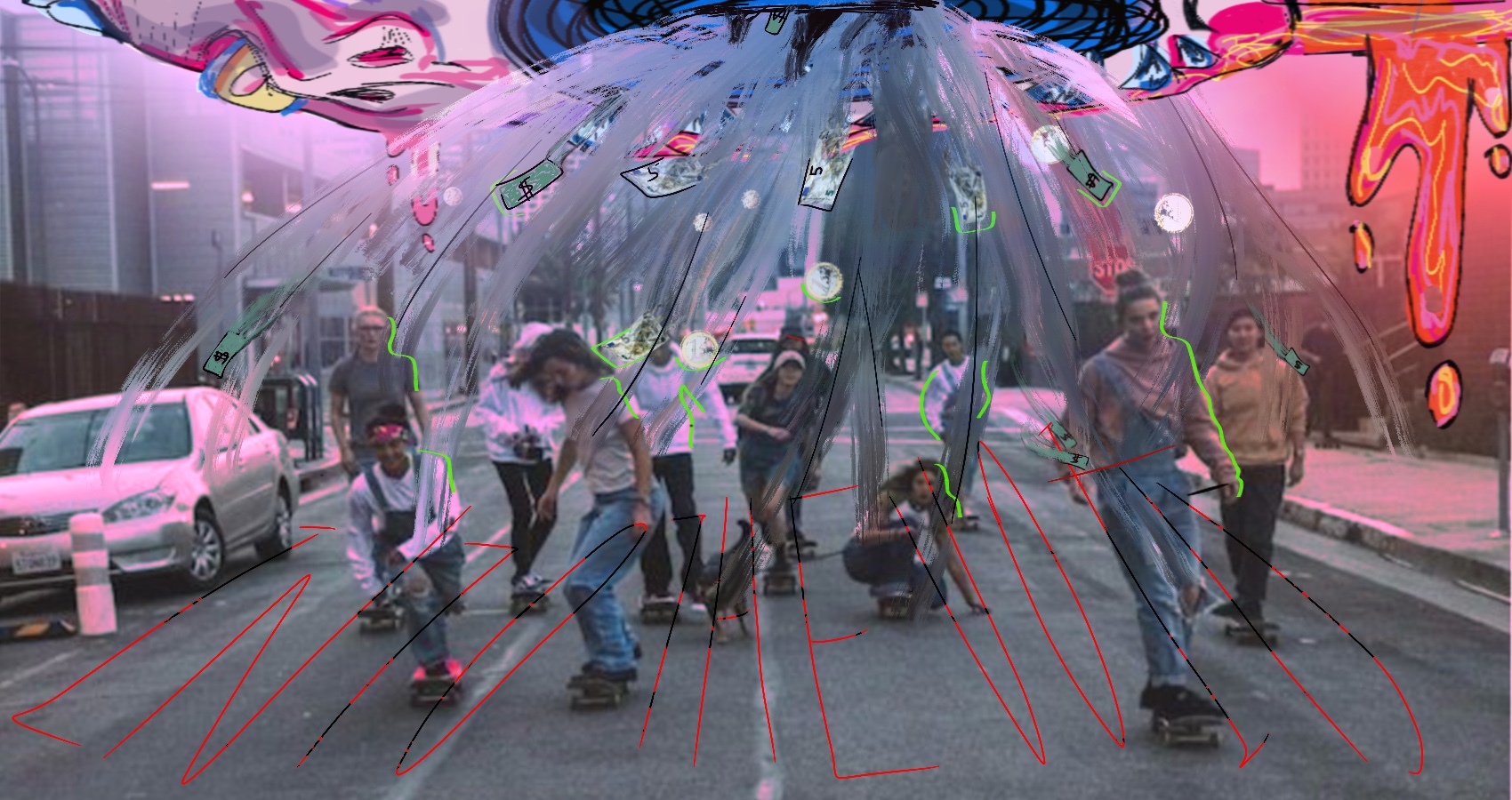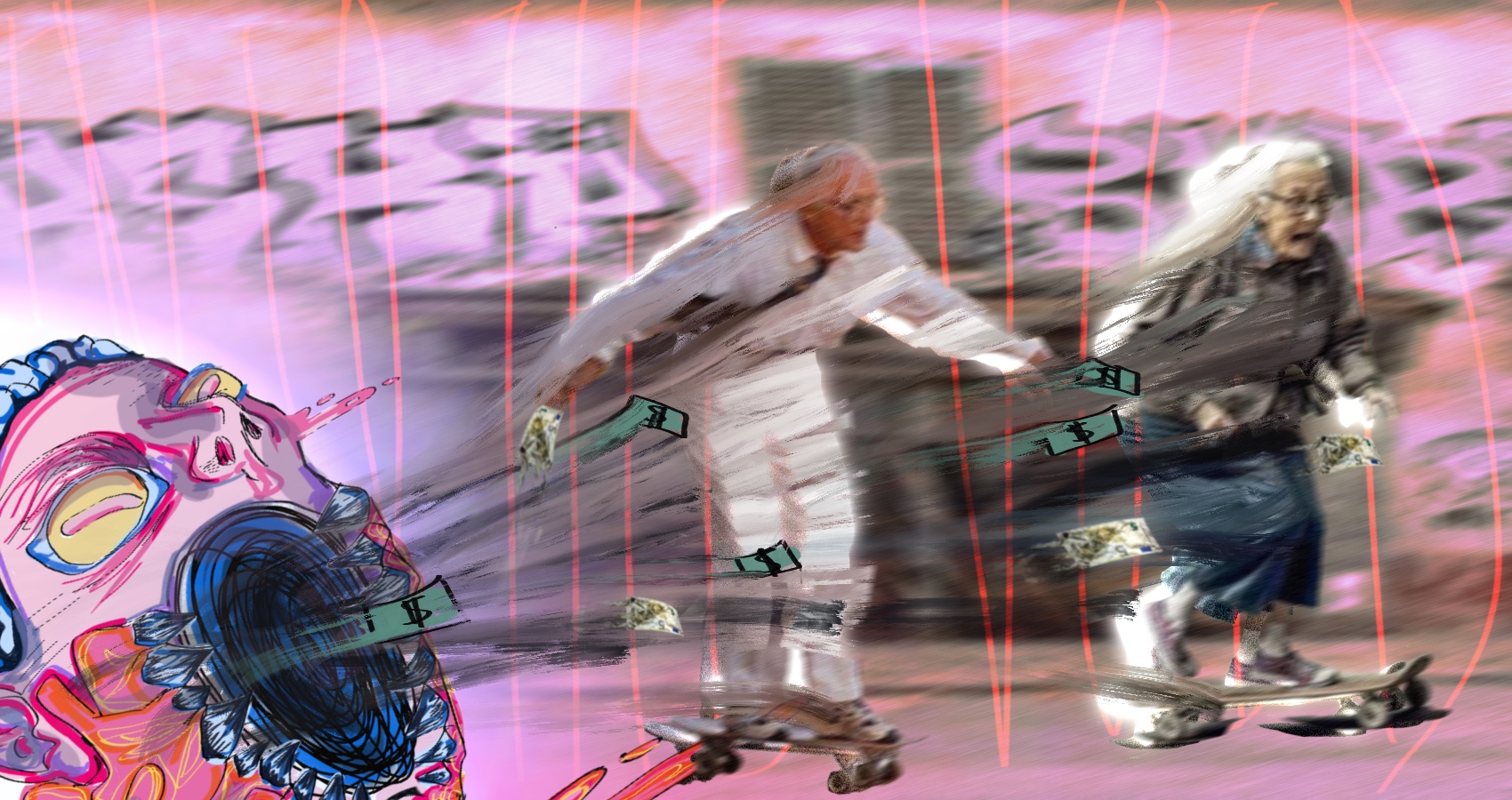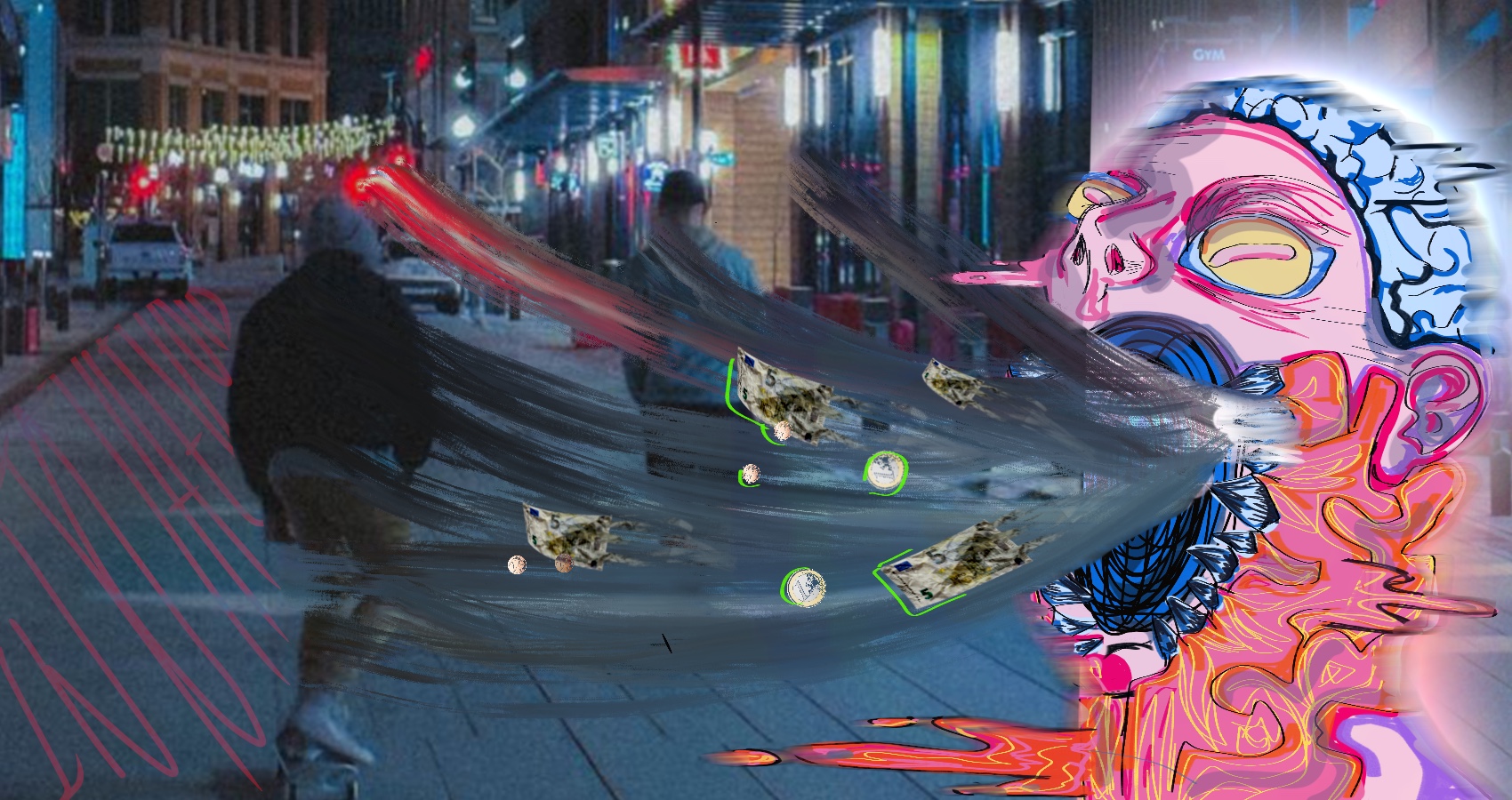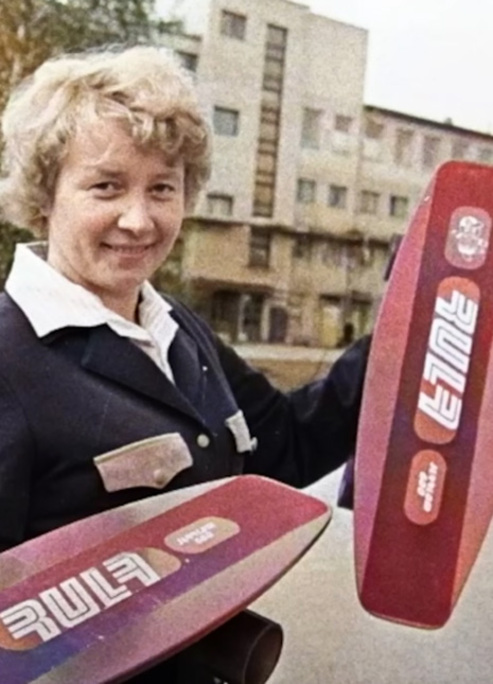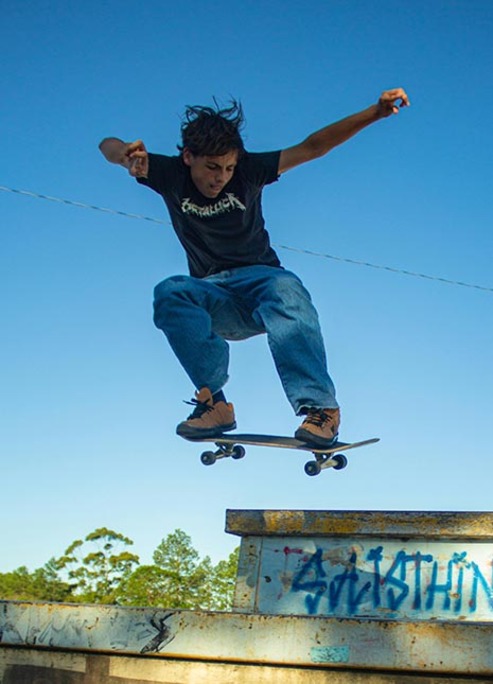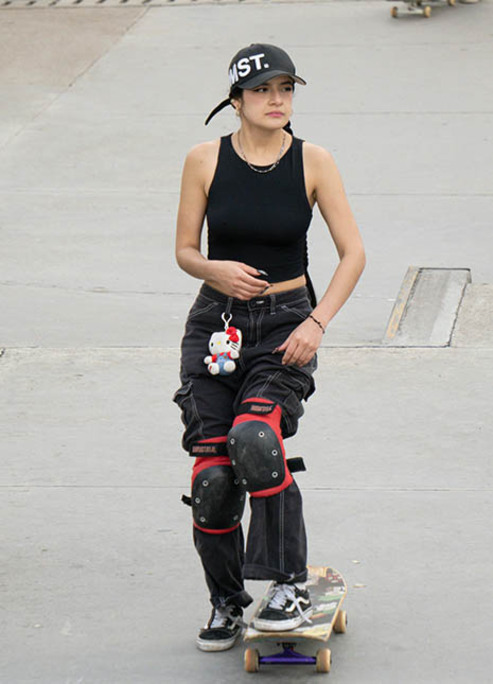Why Skaters Are Broke
If you’ve been to a skatepark, watched a skate video, or followed any pro skaters on social media, one thing might stand out—most skaters are perpetually broke. Sure, you’ll see some flashy exceptions, but for every Tony Hawk flying first-class, there are hundreds of pros grinding rails and bank accounts simultaneously. What gives? Why is the dream of turning pro often a fast-track to financial struggle? Let’s dive into the grind—pun fully intended.
1. The Pay is... Not Great
First off, let’s address the elephant in the room: skaters don’t make much money. Unless you’re a household name with energy drink sponsors and shoe deals, being a professional skater often feels more like an unpaid internship. Average sponsorships don’t cover much beyond free gear and the occasional travel budget. Even big-name board sponsors often shell out less than $2,000 a month—if you’re lucky.
Now, compare that to the cost of living in cities like Los Angeles or Barcelona (the skating meccas), and you’ll see the math doesn’t add up. Being a broke skater isn’t a vibe—it’s just economics.
2. Injuries Eat Your Wallet Alive
Skating is as brutal on the body as it is on the wallet. Medical bills rack up fast when you’re launching yourself off stair sets for a living. Sprains, fractures, torn ligaments—you name it. Most skaters don’t have health insurance because, well, that costs money, and money is not a common currency in skateboarding. So what do they do? They roll the dice, self-medicate, or rack up crippling debt from ER visits.
3. The "Lifestyle Tax"
Let’s be honest: skaters aren’t known for their fiscal responsibility. That “skater lifestyle” comes with its own set of unspoken rules: you’ve got to have the latest gear, buy your homies beer after a session, and occasionally blow your savings on a cross-country road trip to skate a spot you saw in a Thrasher video. Skating isn’t just a sport; it’s a culture, and keeping up with it costs money.
4. Content Creation is a Black Hole
Want to stay relevant as a pro skater? You better be filming. Video parts are the lifeblood of the skate industry, but filming costs money. Travel expenses, filmer fees, and paying editors add up. Sure, you might get some kickbacks from your sponsor, but a lot of skaters end up paying out of pocket for their big moments. And if that part doesn’t blow up on YouTube? Well, you’re back to eating ramen until your next clip.
5. No Retirement Plan
Skating doesn’t come with a 401(k). Most pros don’t think about the future because, let’s face it, skating teaches you to live in the moment. But when the inevitable happens—whether it’s a career-ending injury or just aging out of the scene—many skaters are left scrambling to figure out what’s next. The lucky ones transition into brand jobs, but many find themselves starting from scratch in their 30s or 40s.
6. The Industry Itself
Here’s the harsh truth: the skateboarding industry isn’t exactly a goldmine. Skate brands, especially core companies, operate on razor-thin margins. Boards, shoes, and apparel aren’t priced to make anyone rich, and the profits often go toward keeping the lights on rather than paying riders. Skaters are broke because, in a way, the industry itself is broke.
7. The Love for the Game
At the end of the day, most skaters are broke because they’d rather skate than work a “real job.” It’s not that they can’t; it’s that they won’t. Skating offers freedom, creativity, and a sense of purpose that few careers can match. So, yeah, the money might suck, but ask any skater if they’d trade their lifestyle for a desk job, and you already know the answer.
Final Thoughts
The dark reality is that skating as a career is financially risky at best and unsustainable at worst. But for those who truly love it, being broke is just part of the ride. It’s a trade-off—a little bit of poverty for a whole lot of passion. And honestly? Skaters wouldn’t have it any other way.
Keep skating. Keep grinding. And maybe start a side hustle.
Illustrations by DOSE Skateboarding / Libi Grach


